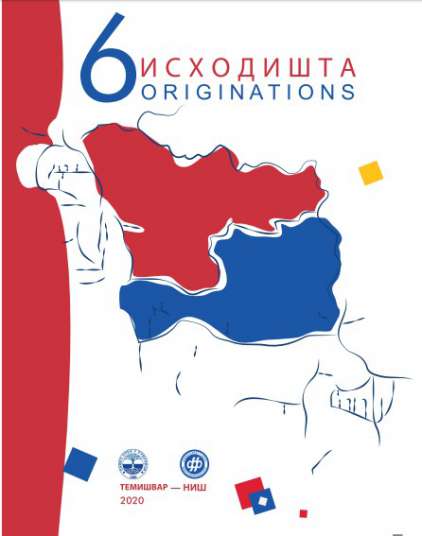(РЕ)СЕМАНТИЗАЦИЈА БОГОЈАВЉЕЊА НА НЕРИ У КОНТЕКСТУ ПЕРЦЕПЦИЈЕ ПОГРАНИЧЈА
(RE)SEMANTIZATION OF THE THEOPHANY FEAST ON THE NERA RIVER IN THE CONTEXT OF BORDERLAND PERCEPTION
Author(s): Smiljana Đorđević BelićSubject(s): Christian Theology and Religion, Customs / Folklore, Oral history, Eastern Orthodoxy
Published by: Universitatea de Vest din Timişoara
Keywords: Theophany feast; Serbs in Romania; ritual; institutionalization; oral history; media discourse; borderland; boarder studies;
Summary/Abstract: The study examines the current practice of celebrating Theophany on the Nera River (January 19th on the on Calendar of the Serbian Orthodox church marks the day Jesus Christ was baptized in the River Jordan by John the Baptist), based on field surveys conducted in Poljadija (Romania, settlements Langovet / Lugovet (Romanian: Câmpia), Zlatica (Rom. Zlatiţa) and Sokolovac (Rom. Socol)). Namely, a ritual procession was (re)established there since 1990: after the liturgy, a religious procession proceeds to Nera, where a priest performs the sanctification of the river; swimming for the Holy Cross became part of the ritual praxis as well; apart from the inhabitants of the borderland villages, Sokolovac (Romania) and Vračev Gaj (Serbia), church dignitaries and representatives of political institutions also take part in the ritual. The first part of the paper offers an overview of the basic historical data related to the Serbian community in Romania in recent history, as a basis for a better understanding of the historical events and realia mentioned by the interlocutors in their Theophany-related discourse. The second part reviews the ethnographic descriptions of the Theophany celebrations in this area dated before 1990, as well as commented transcripts of field interviews. The third segment appraises the functions of the Theophany on Nera as a topic in public discourse (local media and newsletters of the Serbian minority in Romania, Serbian media, including web portals aimed at a wider audience, the Facebook page Theophany on Nera, as well as content from other social networks). Finally, the concluding chapter views the current practice in an ideologicalhistorical context (retraditionalization in post-socialist societies, homogenization of national identities, etc.), in the context of the “spectacularization” of rituals, and in the context of border studies. The boundary thus proves to be a stratified, layered and processual phenomenon in the interlocutors’ view, and the real (rethought) ritual and customary practice (now institutionalized and “spectacularized”) of celebrating Epiphany on the Nera also takes on new meanings: it is no longer merely a ritual in the realm of traditional culture, but also a way of publicly manifesting the common (ethnic and cultural) identity of Serbain communities on both sides of the border, having become not only cultural symbolic capital but a form of potentially political symbolic capital as well.
Journal: Исходишта
- Issue Year: 6/2020
- Issue No: 6
- Page Range: 61-91
- Page Count: 31
- Language: Serbian

